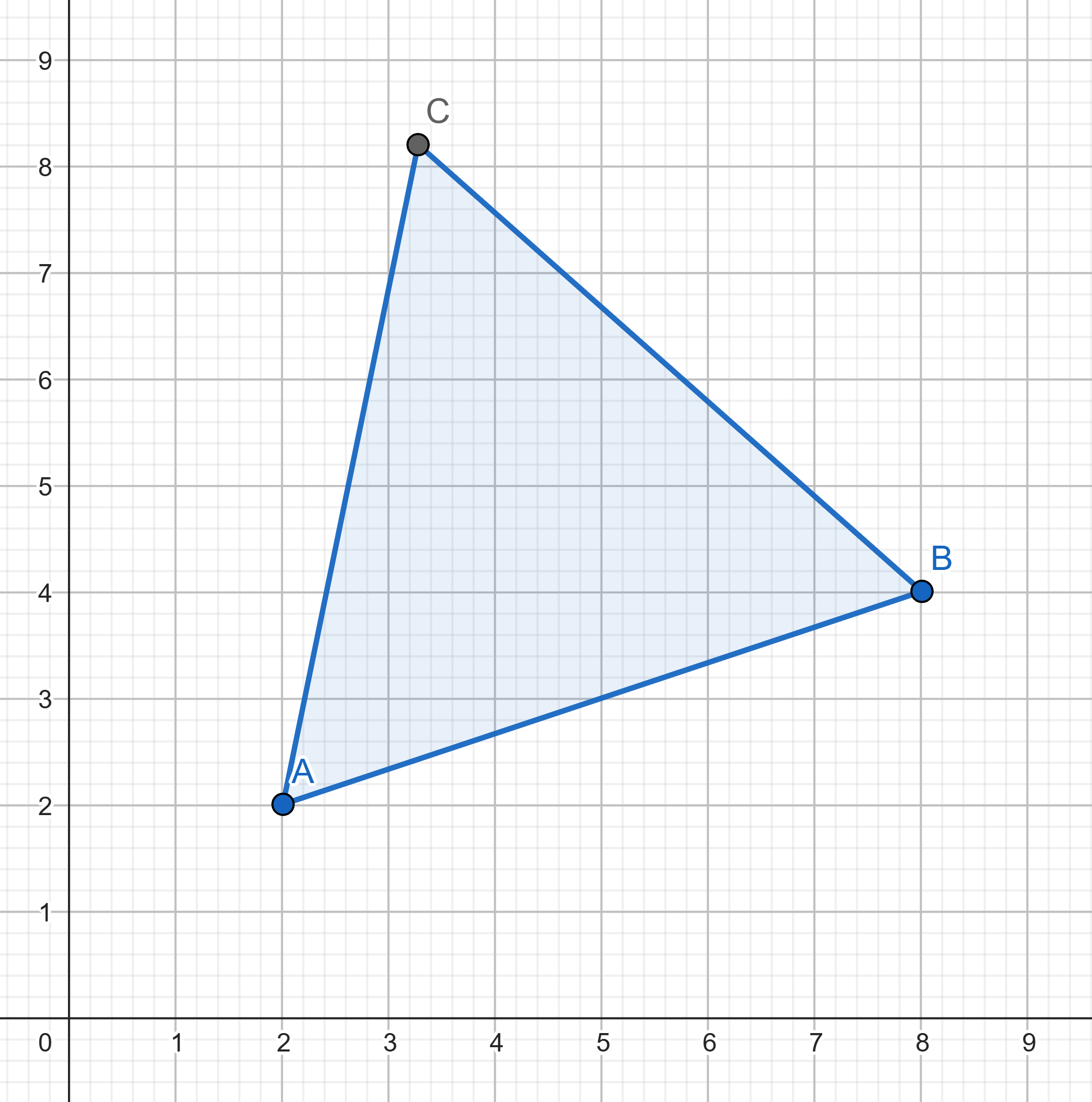Problems
We consider a sequence of words consisting of the letters “A” and “B”. The first word in the sequence is “A”, the \(k\)-th word is obtained from the \((k-1)\)-th by the following operation: each “A” is replaced by “AAB” and each “B” by “A”. It is easy to see that each word is the beginning of the next, thus obtaining an infinite sequence of letters: AABAABAAABAABAAAB...
a) Where in this sequence will the 1000th letter “A” be?
b) Prove that this sequence is non-periodic.
a) We are given two cogs, each with 14 teeth. They are placed on top of one another, so that their teeth are in line with one another and their projection looks like a single cog. After this 4 teeth are removed from each cog, the same 4 teeth on each one. Is it always then possible to rotate one of the cogs with respect to the other so that the projection of the two partially toothless cogs appears as a single complete cog? The cogs can be rotated in the same plane, but cannot be flipped over.
b) The same question, but this time two cogs of 13 teeth each from which 4 are again removed?
A numerical sequence is defined by the following conditions: \[a_1 = 1, \quad a_{n+1} = a_n + \lfloor \sqrt{a_n}\rfloor .\]
Prove that among the terms of this sequence there are an infinite number of complete squares.
The function \(f(x)\) on the interval \([a, b]\) is equal to the maximum of several functions of the form \(y = C \times 10^{- | x-d |}\) (where \(d\) and \(C\) are different, and all \(C\) are positive). It is given that \(f (a) = f (b)\). Prove that the sum of the lengths of the sections on which the function increases is equal to the sum of the lengths of the sections on which the function decreases.
An after school club was attended by 60 pupils. It turns out that in any group of 10 there will always be 3 classmates. Prove that within the group of 60 who attended there will always be at least 15 pupils from the same class.
Some points with integer coordinates are marked on a plane. It is known that no four of the marked points lie on the same circumference of a circle (that is, no circle passes through four of them). Prove that there exists a circle of radius \(1995\) whose circumference contains none of the marked points.
Let \(n\) numbers are given together with their product \(p\). The difference between \(p\) and each of these numbers is an odd number.
Prove that all \(n\) numbers are irrational.
Are there such irrational numbers \(a\) and \(b\) so that \(a > 1\), \(b > 1\), and \(\lfloor a^m\rfloor\) is different from \(\lfloor b^n\rfloor\) for any natural numbers \(m\) and \(n\)?
This is a famous problem, called Monty Hall problem after a popular
TV show in America.
In the problem, you are on a game show, being asked to choose between
three doors. Behind each door, there is either a car or a goat. You
choose a door. The host, Monty Hall, picks one of the other doors, which
he knows has a goat behind it, and opens it, showing you the goat. (You
know, by the rules of the game, that Monty will always reveal a goat.)
Monty then asks whether you would like to switch your choice of door to
the other remaining door. Assuming you prefer having a car more than
having a goat, do you choose to switch or not to switch?

Can three points with integer coordinates be the vertices of an
equilateral triangle?
